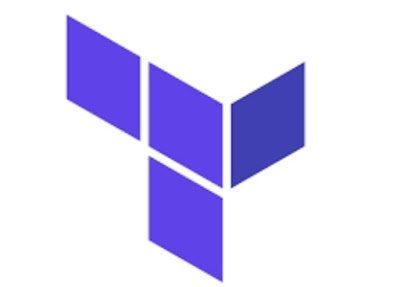AWS: Security groups boto3 Reference
-- A security bunch controls the traffic that is permitted to reach and leave the assets it is related with. For instance, after a security bunch with an EC2 occurrence, it controls inbound and outbound traffic for that case. We can relate a security bunch just with the assets in the VPC for which it was made.
-- At the point when we make a VPC, it accompanies a default security bunch. We can make extra security bunches for each VPC.
-- There is no extra charge for utilizing security gatherings.
-- The accompanying outline a VPC with subnets in two Accessibility Zones, a Web Passage, and an Application Burden Balancer. Every accessibility zone has a public subnet for web servers and a private subnet for data set servers. There are isolated security bunches for the heap balancer, web servers, and information base servers. We can add rules to the heap balancer security gathering to permit HTTP and HTTPS traffic from the Web. We can add rules to a security bunch for web servers to permit traffic just from the heap balancer. We can add rules to the security bunch for data set servers to permit just data set demands from web servers.
What action can we perform using Boto3 for security group service?
– We can perform following actions:
- Get information about your security groups
- Create a security group to access an Amazon EC2 instance
- Delete an existing security group
Case study : to describe security group and filter it out using their attributes
--To retrieve the security group data we have to create an object for client EC2 through which we can perform various actions.
import boto3
// Ec2_Client as an object for client EC2
Ec2_client = boto3.client('ec2')
//One of functionalities we can use is describe_security_groups
response = client.describe_security_groups(
Filters=[
{
// For Name we can use instance name or instanceID we have to just declare it in Name variable and put the value in the value variable
'Name': 'string',
'Values': [
'string',
]
}, ], GroupIds=[ 'string', ], GroupNames=[ 'string', ],)
Output -
Link - https://boto3.amazonaws.com/v1/documentation/api/latest/reference/services/ec2/client/describe_security_groups.html
– Basically the output is very long. It is in the dictionary or we can say JSON format. It describes all attributes associated with declared filters. Using this data we can further filter it out which can be classified as Non compliance and compliance.
– Due to this the security aspect of AWS security group can be verified. It can be verified because we can implement auto-remediation to it.
– By following standard guidelines for a particular organisation we can implement it (same for all AWS services).
– As I have described in the previous blog about automation I want to add one more point. While creating an automation for some non-compliant resources we always look in the documentation whether the AWS is providing the SSM document or not. Basically SSM document is the YAML file which has the configuration scripted and we just have to implement that
Link - https://docs.aws.amazon.com/systems-manager/latest/userguide/automation-actions.html
Will discuss the case study on Configuration rules with an example and continue with boto3 documentation and how to implement it using Python Script in next week's Blog.
Thank You







Comments
Post a Comment